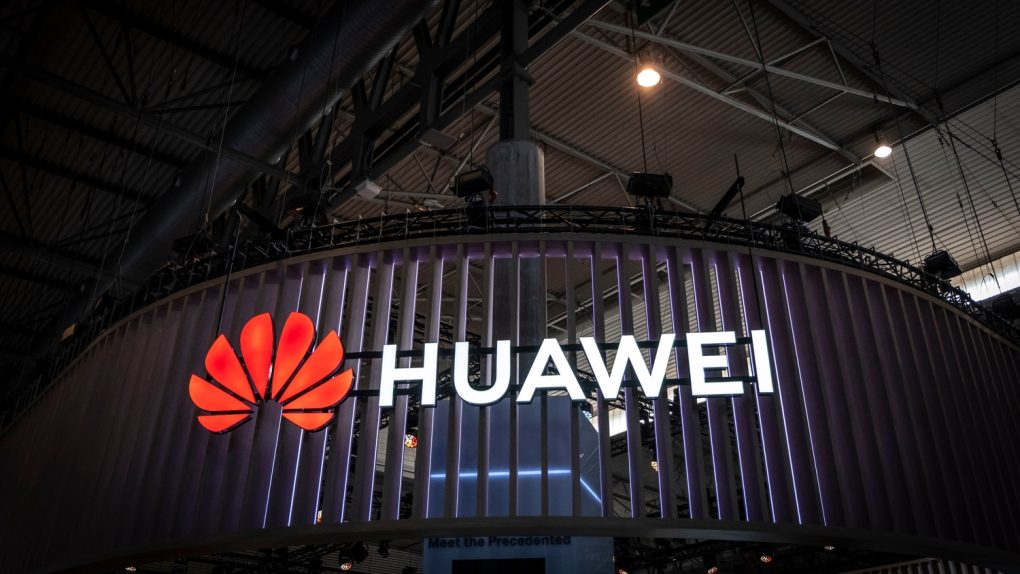During remarks at Huawei’s Developer Conference that kicked off on Friday, the CEO of Huawei’s consumer division Richard Yu promised that the company can “immediately” switch to HarmonyOS, the new smartphone operating system it unveiled Friday, from Android whenever it needs to.
That day might be sooner than later, however, based on new comments from President Trump, who reiterated on Friday that the status quo will remain in place regarding the US’ Huawei ban.
“China wants to do something, but I’m not doing anything yet,” Trump told reporters. “Twenty-five years of abuse — I’m not ready so fast.” And, about Huawei specifically, which is seen as a proxy for the Chinese government in some circles: “We’re not going to be doing business with Huawei.”
That would seem to shake up the presentation Huawei laid out at its developer conference when its long-awaited HarmonyOS was finally unveiled and presented as something completely different from Android and iOS — and will form the basis of Huawei’s upcoming Internet of Things product releases. This comes a day after Bloomberg reported the White House is still delaying a decision about granting licenses for US companies (like Google) to start doing business with Huawei again.
That’s important because Google is still allowed to send Android updates and security patches to Huawei but only for another week or so. At that point, a temporary reprieve that Google was granted in order to keep doing this will run out (and run out, we should note, well in advance of the release of Huawei’s Mate 30 Pro, its highly anticipated next flagship).
#HarmonyOS was created with four major building blocks in mind, ensuring a new generation OS that is best suited for our digital world today. #HDC2019 pic.twitter.com/7vgEuwuUG6
— Huawei Mobile (@HuaweiMobile) August 9, 2019
The roadmap for Huawei’s new HarmonyOS, meanwhile, that was laid out Friday included it first being used on products like televisions and then making its way to other devices like wearables over the next three years. According to Yu, Huawei will launch the OS first in China and then expand globally later. Nevertheless, the company again finds itself in an unusual place — no doubt frustrated once more that its overall trajectory continues to be tied in no small measure to the whims and remarks of a US president.








